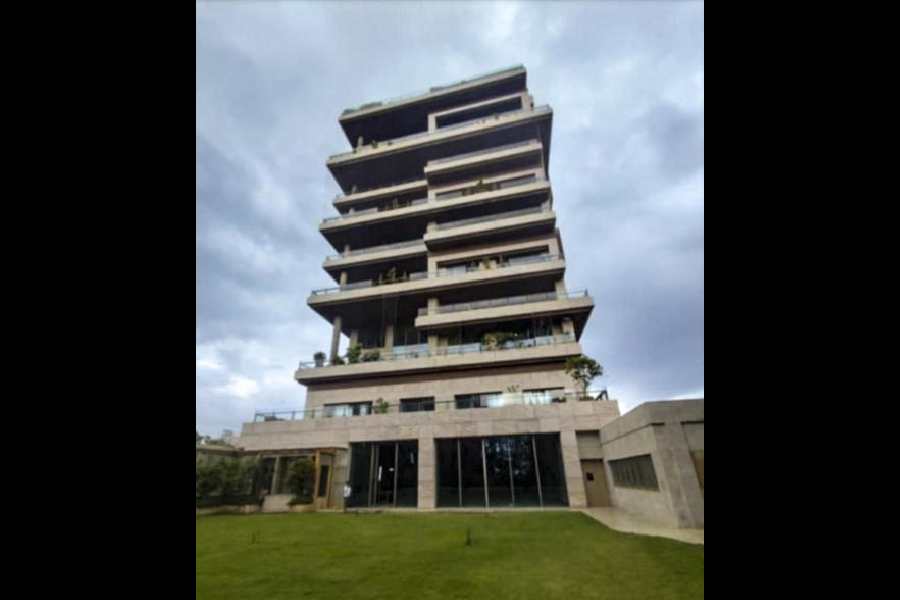 |
 |
 |
| (From top) The Sandesh house being demolished, the torn-down signboard and some famous Sandesh covers down the years. Pictures by Amit Datta |
The house from where Sandesh, the magazine started by Upendrakishore Ray Chaudhuri, was being published from 1964 is being demolished. Many eminent persons such as Stephen Spender, MN Roy and Günter Grass had visited the house. Sumana Raychaudhuri writes about almost growing up there
Can a house embrace strangers and bind them together? Or is it the people inhabiting it that really work the magic? Few houses enjoyed the distinction that 172/3 Rashbehari Avenue did.
Located at the point where Purnadas Road veers off the tram-rasta, it was one of those remarkable houses that hid its treasures behind a bland, if gracious, facade. The ground floor held the offices of Calcutta Social Project, started by Kalyani Karlekar to help the local pavement dwellers help themselves, and upstairs was the office of the children’s magazine Sandesh, presided over by her sister “chhoto sampadika” Nalini Das.
The house buzzed with energy, sometimes acting as a distribution centre for milk for homeless children and sometimes with the excitement of a new issue of Sandesh. As long as either sister was alive, I don’t recall ever finding any door in the sprawling old house locked.
Some referred to the house as Sandesh-er bari, others as Calcutta Social Project-er bari, but most of us simply referred to it as “karjaloy”, as in “karjaloye jachho?” as though this was the only office in town.
How could any place have been so bewitching? Writers, artists, social workers came on errands, stayed for meals, made life-long friends, sometimes volunteered their time for various projects — neither sister ever tried to talk anyone into anything — and sometimes left with rare books in their bags…. The disappearance of books never stood in the way of others borrowing more books. Most visitors, at some point, also tasted the mangoes from the tree behind the house.
Often it is the death of a person that marks the end of an era, but the disappearance of a landmark can be equally traumatic. Once writers like Punyalata Chakraborty, Lila Majumdar, Satyajit Ray, Jibanananda Das, Sisirkumar Majumdar, Rebanta Goswami, Jiban Sardar were regular visitors. The sisters — both magnetic personalities — passed away, but the institutions they had nurtured continued beyond them and the spirit of the two smiling women seemed to animate the place. Then the inevitable happened, and the house became marked for demolition. Hardly an occasion for comment, but the house in question occupies a place in the imagination that is far larger than any calculation of square footage.
It is common enough to lament the loss of a family home. But hundreds of Calcuttans will mourn the loss of the original structure that occupied the plot tucked behind Triangular Park. For the house was always open to all — especially friends of the four sons the sisters had between them — even before it became the karjaloy. They spent nights there, borrowed clothes and shoes for job interviews, had countless sessions of adda. One generation of JU students spent hours there with their beloved teacher Ranajoy Karlekar, or Toto-da. As a cousin of the family, I grew up with stories of madcap games that my mother and her cousins played involving escaped bandits, brave cops and hair-raising chases that necessitated shinning down drainpipes and jumping from the first-floor balcony down to the courtyard. The first tree I ever climbed stood in the compound.
But soon all that will remain will be memories, and the arrival scene in Satyajit Ray’s Agantuk, where the car draws up at the gates of plot 172/3.











